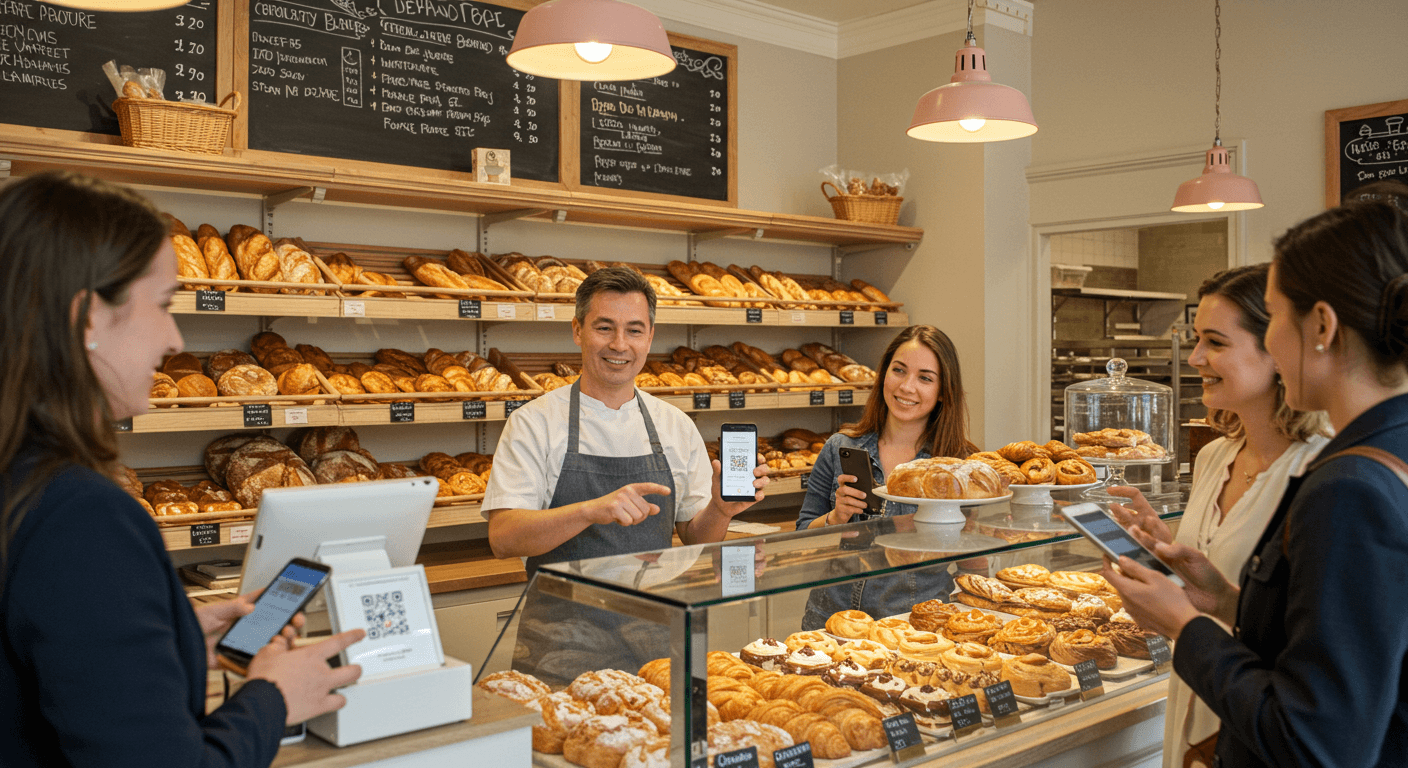The loyalty strategy that ensures recurring revenue


The loyalty strategy that ensures recurring revenue
One of the most innovative strategies is the paid subscription that awards points: users pay a monthly or annual fee and, in return, receive points that they can then redeem for products, services, or experiences within the business. This model combines recurring payments (which ensure predictable income for the company) with the motivation to accumulate points, which strengthens customer loyalty and retention.
Why does this strategy work?
1. Recurring and predictable income: by establishing a monthly or annual fee, the business obtains a constant cash flow that allows it to better plan its operations.
2. Greater perception of value: customers feel they are getting more for their money, as the points system gives them exclusive benefits.
3. Long-term commitment: By subscribing, customers return more often, maximizing the use of their points.
4. Market differentiation: Few businesses implement subscription-based loyalty programs, which creates an innovative factor compared to the competition.
Examples applied in different areas
Gastronomy: Cafés and restaurants
Let’s imagine a specialty café that offers a USD 20 monthly subscription. With that payment, the customer receives 5,000 points that can be redeemed on the menu.
– An espresso costs 1,000 points.
– A latte costs 1,500 points.
– A pastry costs 1,200 points.
This means that with their monthly points, customers can consume more than they would if they paid individually. The business, for its part, ensures recurring sales and builds a close relationship with its most loyal customers.
Additional benefit: the coffee shop can offer exclusive promotions to subscribers, such as early access to new flavors or discounts on coffee beans to take away.
Clothing and retail
A clothing store can launch a program in which customers pay USD 50 per month and receive 12,000 points.
– A basic T-shirt costs 4,000 points.
– A pair of pants costs 10,000 points.
– Accessories such as belts or caps cost 2,500 points.
Customers perceive that, by subscribing, they gain access to exclusive discounts and benefits that exceed the value of the fee. In addition, the brand strengthens customer loyalty, as consumers return to the store to use their points before they expire.
Bonus for the brand: the subscription can also include VIP benefits such as free shipping, access to presales, or invitations to private events.
Beauty and wellness
A beauty salon or spa can create a plan for $30 per month, which gives 7,000 points to use on services.
– A 30-minute massage costs 5,000 points.
– A manicure session costs 3,000 points.
– A facial treatment costs 6,000 points.
This way, customers can cover at least one monthly service with their points, at a more affordable price than if they paid for it separately. At the same time, the business ensures a recurring revenue stream and builds customer loyalty with services that encourage consistency (such as massages or ongoing treatments).
Plus: additional rewards can be offered to those who maintain an active subscription for several months, such as free services after one year.
Technology and e-commerce (extra)
An online technology retailer could apply this system with a subscription of $15 per month, granting 4,000 points.
– Accessories such as basic headphones can cost 3,500 points.
– Cell phone cases, 2,000 points.
– Discounts on higher-value products with accumulated points.
This encourages customers to remain subscribed to save on future purchases. It also generates a stable revenue stream and a more committed customer base for the retailer.
Key factors for implementing this model
– Define the real value of the points: the system must be attractive to the customer, but also profitable for the business.
– Design aspirational benefits: points must be redeemable for both basic products and more exclusive options.
– Offer flexibility: allowing points to accumulate from month to month increases the perception of value.
– Integrate with digital tools: platforms such as Linkcard allow these programs to be displayed professionally on a micro landing page, simplifying communication and access to the system.
Conclusion
Paid subscription-based loyalty programs represent an innovative and sustainable way to generate recurring revenue and strengthen customer loyalty. This model not only improves the consumer experience, but also gives businesses a tool to differentiate themselves and build long-term relationships.
Whether in gastronomy, clothing, beauty, or technology, this strategy transforms the way businesses connect with their audience: offering more value, more benefits, and more reasons to return.
And the best part is that all of this can be implemented simply, quickly, and affordably with Linkcard Loyalty, the system that integrates your loyalty program directly into your micro landing page. This way, every point, benefit, or subscription is available to your customers in seconds, without any technical complications.





















